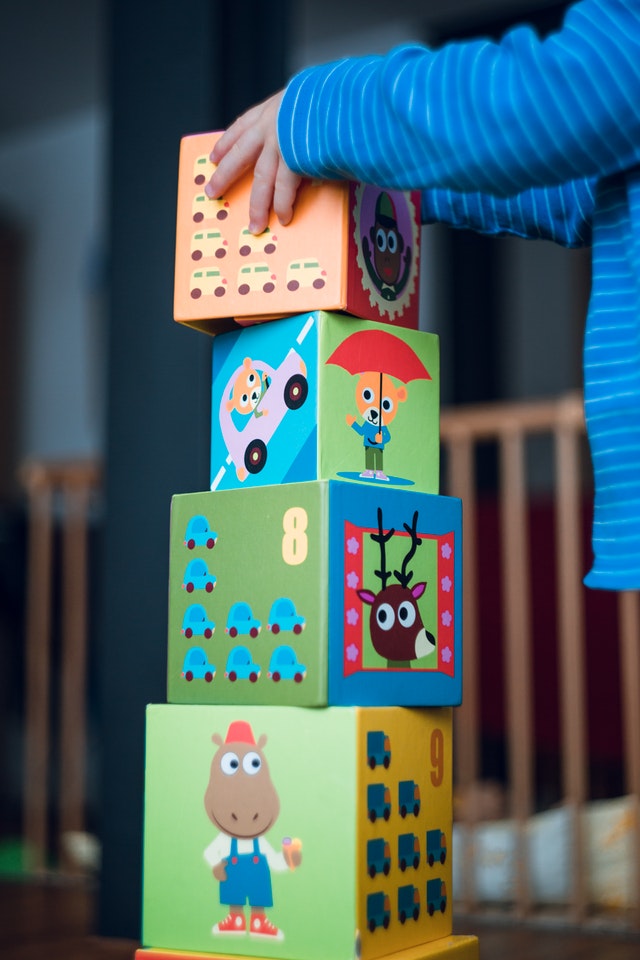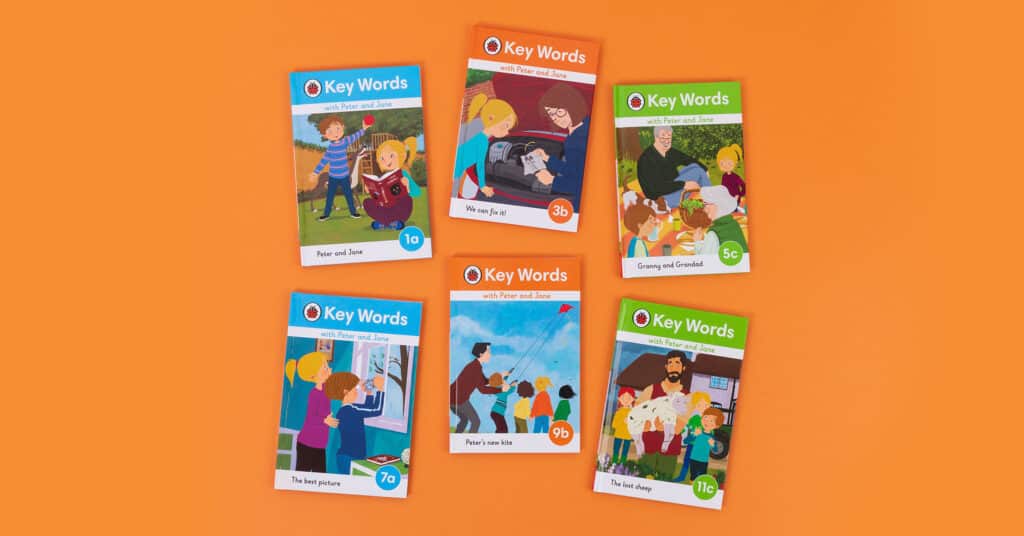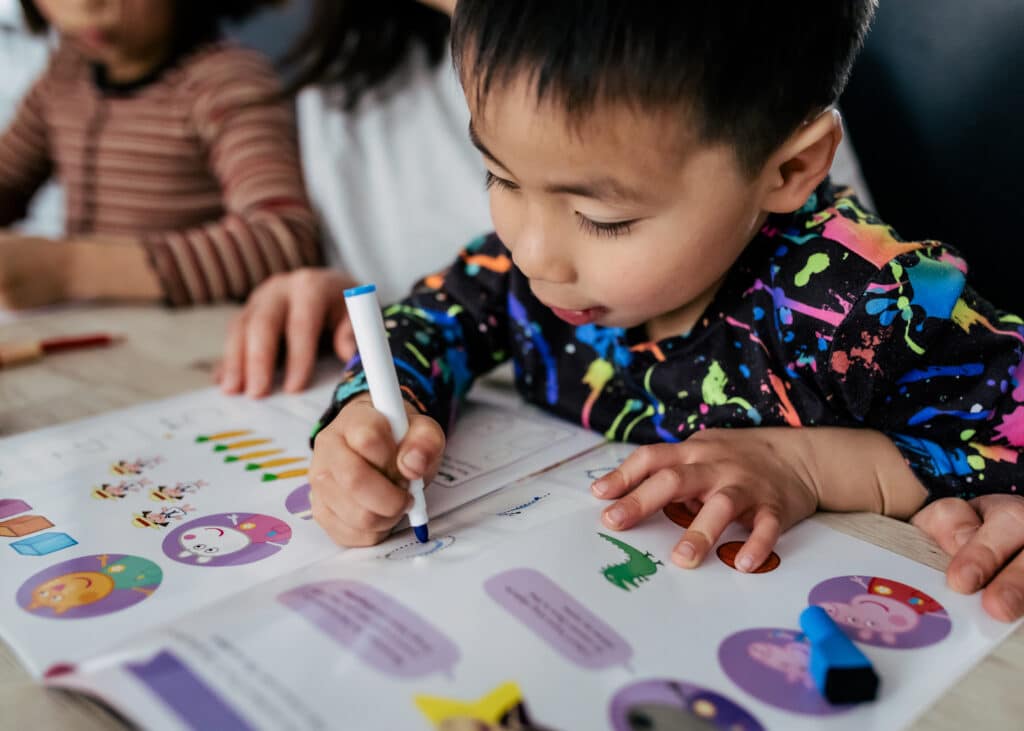3 Ways to Learn English through play
ELT consultant Vanessa Reis Esteves shows us how interactive games and performance can help students learn English in a natural, stress-free manner.

Play is one of the things that comes most naturally to a child. It is through play that children learn more about the world around them in a safe and controlled environment, whilst simultaneously developing social skills. Play allows children to practise interacting with others while learning to respect the rules of the game they are playing, skills that they can transfer through to adult life.
When children play games that involve physical actions or movement, they are led to develop their physical coordination or psychomotor skills too. All in all, regardless of the nature of the game, games and play help develop children’s concentration and memory skills. Carol Read, who is a specialist in primary English language teaching, considers that games can provide a sturdy bridge between the home and school environment. In the case of the EFL classroom Read stresses that, “through games and directed play (as opposed to free play), children can be given initial opportunities to recognise and respond to language non-verbally. They can also produce chunks of language, in contexts which require enjoyable repetition, and which draw them into using English in a natural and spontaneous way.” Thus, games and directed play are inevitably essential tools in any teacher’s toolkit.
Here are some directed play opportunities and games that can be used to open students up to reading in English, while acquiring the language in a natural and stress-free manner.
1. Playing with vocabulary
These directed-play vocabulary games engage children and allow them to pick up and internalise the target language and vocabulary in the story they are going to read, both naturally and effortlessly.
Flashcard games
The Ladybird Education website has flashcard games that correlate with their readers. If you have a reader, you can visit the website and download them for free. You are now ready to play some fun, low-preparation flashcard games like a Kim’s game, Spin the bottle, or Over and Under.
Kim’s game: Display the flashcards on the board. Point to and drill each word in the order they appear on the board. Remember to repeat the previous words before you drill a new word. When the children know the words, gradually turn a flashcard over. Repeat the memory drilling exercise until all the flashcards have been turned over and the children can remember the words by heart.
Spin the bottle: Get the children to sit in a circle. Place the flashcards on the floor in a circle in the centre. Place a bottle in the centre of the flash cards. Spin the bottle and get the children to say the word that the bottle top is pointing to. Invite a child to come up and continue the game until each child has had a go.
Over and under: Prepare two sets of flashcards. Divide and line the children into two teams. Give the child in front a flashcard. The child has to say the word and pass the flashcard over his/her head to the next child without turning back. The next child says the word and passes the flashcard through his/her legs to the next child. Repeat until the last child gets the flashcard. This child has to run up to you and say the word correctly and then go back to the front of the line. The first child to correctly say the word gets a point. The team with the highest number of points wins.
The Vocabulary fly swatter game
The Ladybird readers have a very colourful and appealing picture words page at the beginning of each book to expose children to the vocabulary in the story and to guarantee a stress-free reading experience. On this page, the children can listen and download the audio in British or American English, and learn how to correctly pronounce the target words from the outset. They can then play a fun fly-swatter game that involves the whole class and encourages children to memorise the target vocabulary on the page before they begin reading.
Steps:
1. Go online to www.ladybirdeducation.co.uk and unlock the reader you are reading so that you have access to the picture words page.
2. Divide the class into two teams. Choose a representative for each team to come up to the board and play the game.
3. Choose a judge for each player. The judges’ role is to count the number of correct swats for each player.
4. Project the picture words page that you have access to online (Step 1).
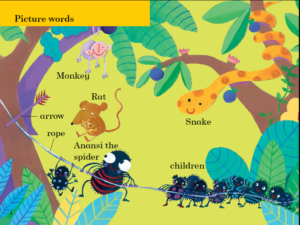
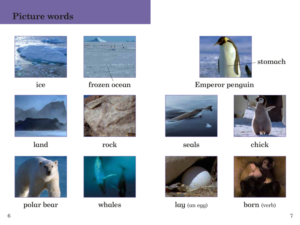
5. Give each child a fly swatter. Say a word and the children have to swat the image of the word you say. Repeat a few times. Then invite the class to help you and shout out words for the players to swat. Choose one word and repeat it so that the players know which word to swat. Keep the words flowing with the children’s help. Stress that the players should only swat the words that you say rather than the words that are being shouted out. Change players every so often to include as many children as possible in the game. To make the game more challenging, gradually increase the speed that you say the words. The team with the highest score wins.
2. Games that children create themselves
These games can empower children and encourage them to create games for their peers about a story they have read.
Teaching Young Learners implies teaching the whole child, rather than simply teaching English. This means that one of our missions as teachers is to promote “responsibility” skills. An easy and creative way to do this is to challenge the children to make a reading word search for their classmates. To do this simply follow these steps:
1. Create a blank word search template of 12-16 by 12-16 squares.
2. Below the word search create a list of 1-10 for the children to write 10 sentences from their reader: Ask the children to choose 10 words they like in their reader. In their notebooks, get them to write the sentence that this word appears in and underline the focus word in each sentence.
3. Ask the children to hide the chosen words in the word search.
4. Next, get the children to write the ten sentences in their notebooks in the space below the word search but to draw a blank line/space instead of writing the underlined word.
5. When the word searches are ready, encourage the children to swap and solve each other’s word searches.
3. Turn the story into a performance
These creative learning opportunities allow children to play whilst developing their imaginative and creative skills, too. At the end of it, they will have something entertaining which they can share with others.
A fun way to experiment with the story you have read is to role-play it a few times with flashcards. Then, you can challenge the children to move on to the next level and prepare a play of the story, which you can download for free at www.ladybirdeducation.co.uk. Once the children have rehearsed and are confident about their performance, create a dedicated theatre afternoon in which they perform their plays for other classes at school. Alternatively, transform the activity into an evening theatre performance for the children’s family and friends to experience the magic of reading and play in the classroom.
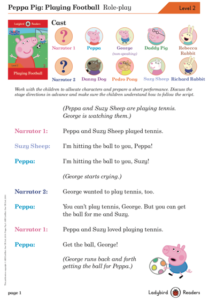
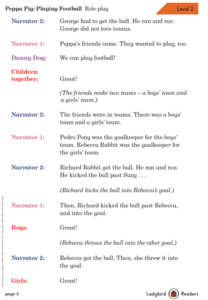
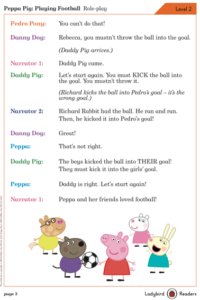
Level 2: Peppa Pig Playing Football (Fiction)
As Maria Montessori so clearly puts it: “Play is the work of the child.” So, why not begin the academic year by reading and playing away each and every day, a game at a time?

